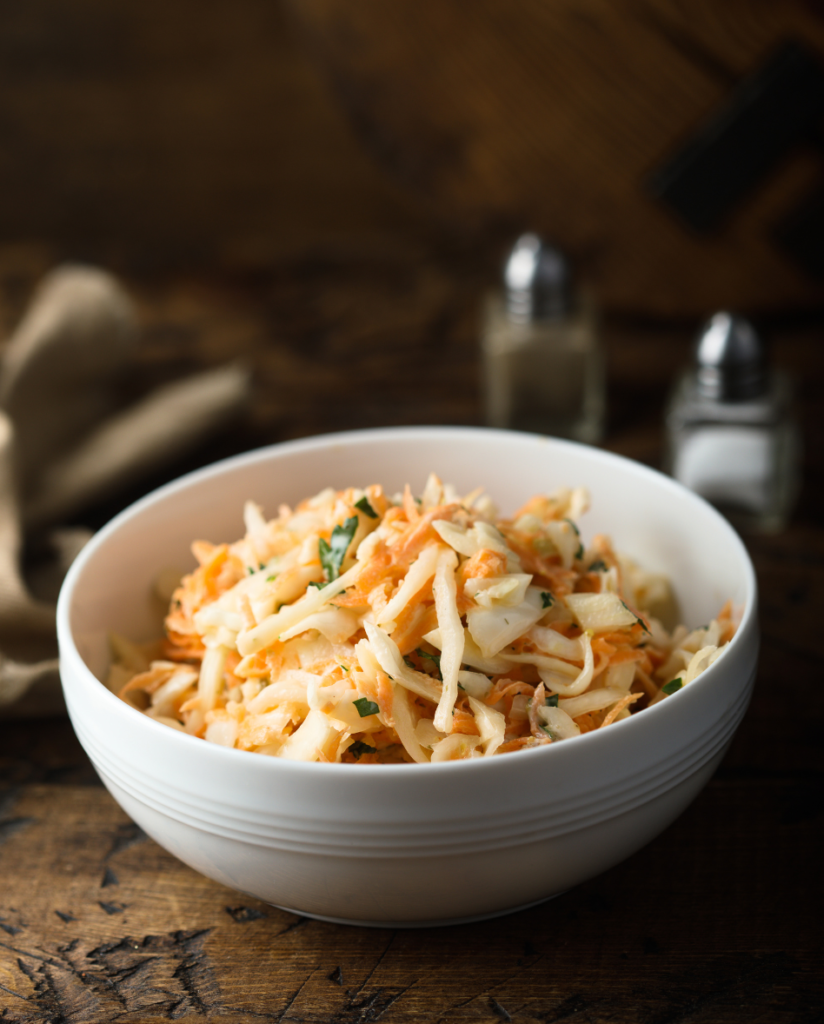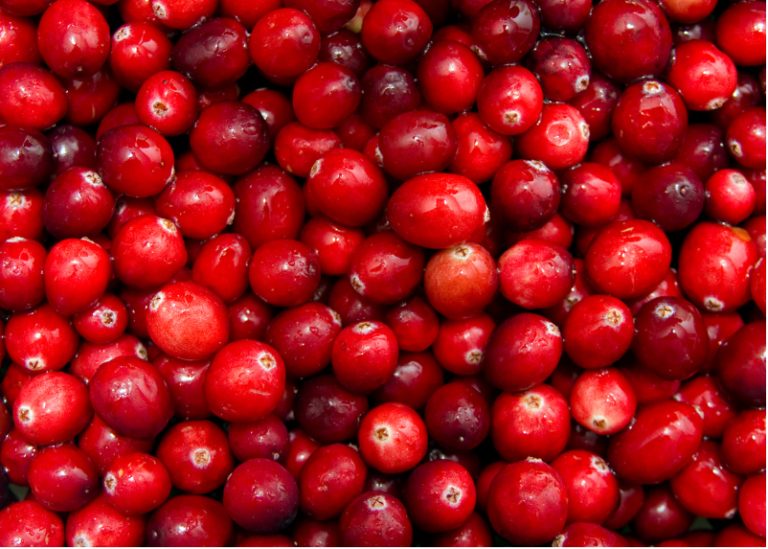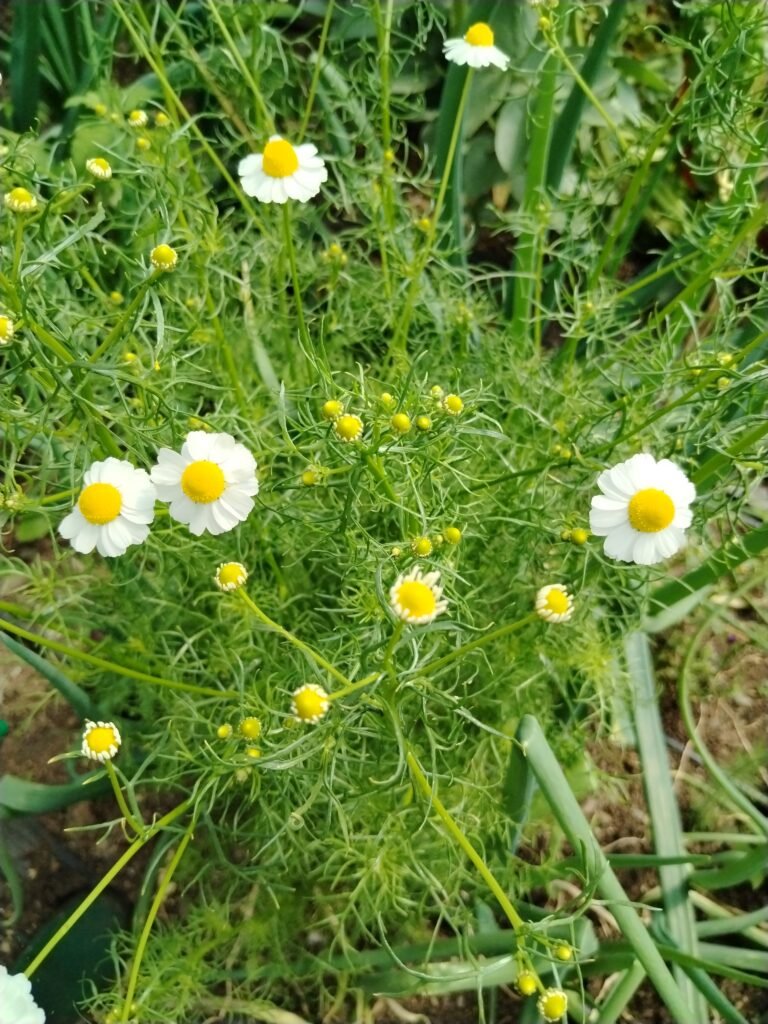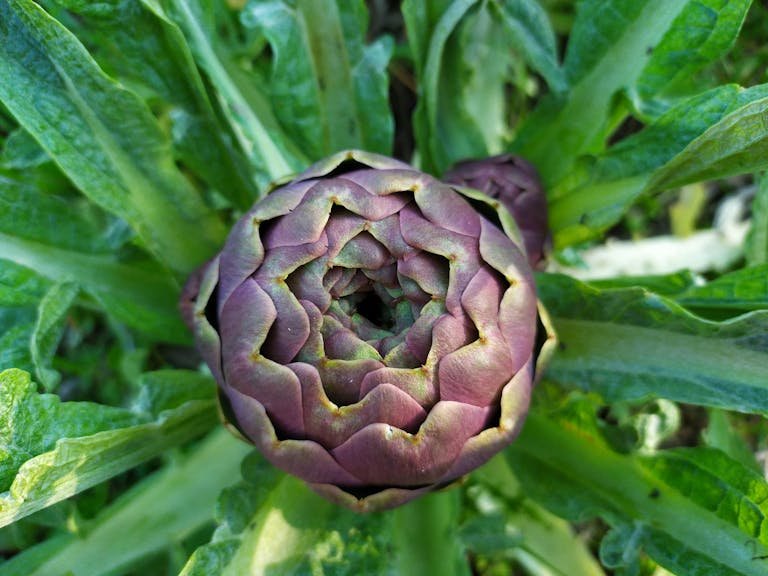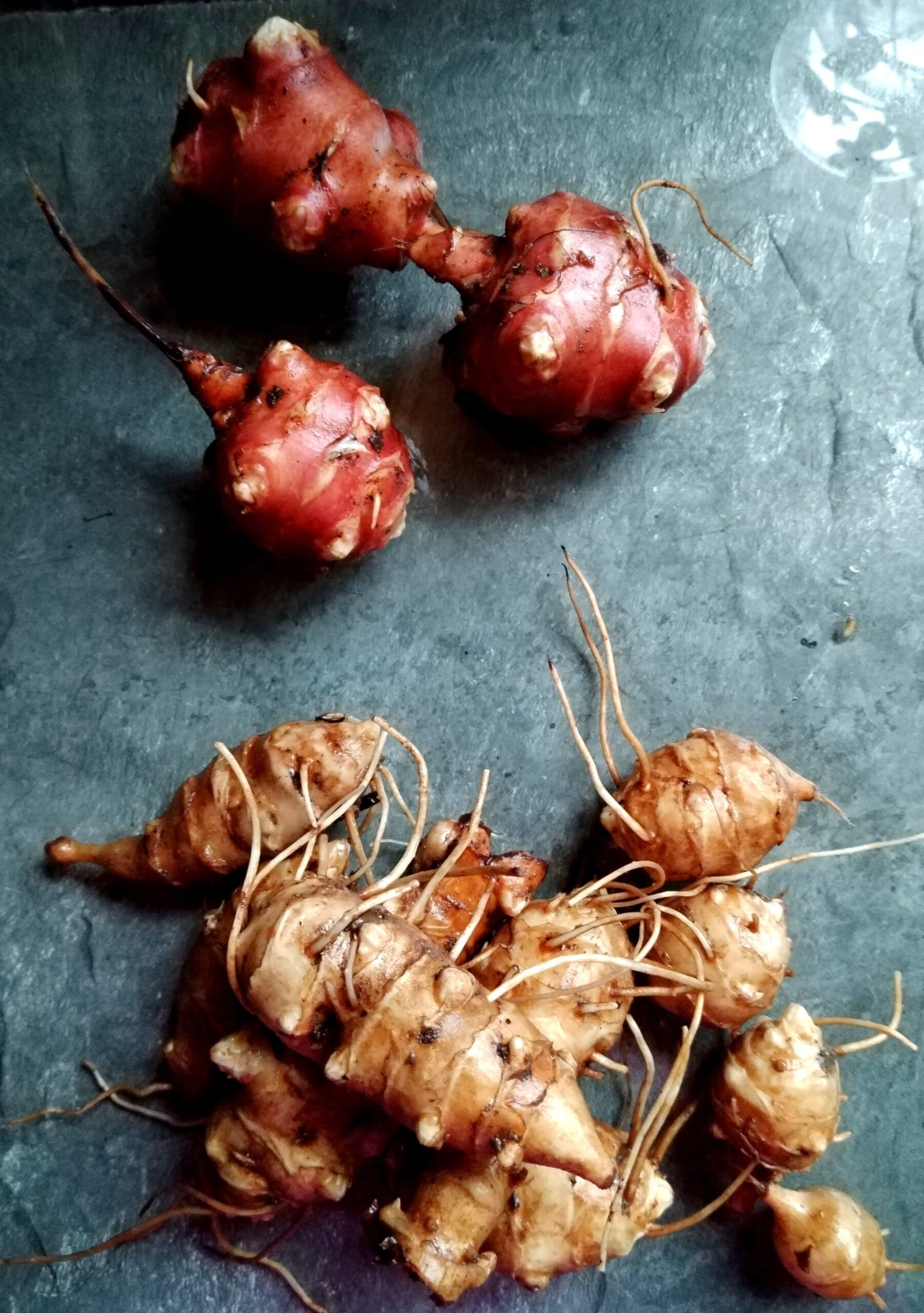
Did you know that despite its name, the Jerusalem artichoke isn’t from Jerusalem and isn’t even an artichoke? This fascinating vegetable, also known as sunchoke, has quite a story to tell! Native Americans were cultivating these nutritious tubers long before European settlers arrived in North America. In fact, when French explorer Samuel de Champlain first tasted them in 1605, he described them as having a flavor “as good as truffles”! Today, I’m excited to share everything you need to know about this remarkable vegetable that’s making a huge comeback in modern gardens and kitchens. Let’s dive into the wonderful world of Jerusalem artichokes!
Some of the links in this post are affiliate links, including links to products on Amazon. This means if you click and make a purchase, I may earn a small commission at no extra cost to you. I only recommend items I genuinely love and believe could add value to your life. Thank you for supporting this blog—it helps keep the content free and full of ideas just for you!
What Is a Jerusalem Artichoke? Understanding the Basics
The Jerusalem artichoke (Helianthus tuberosus) is a fascinating member of the sunflower family that’s been turning heads in the gardening world!
Despite its misleading name, this North American native has no connection to Jerusalem or artichokes. Instead, it earned various nicknames like “sunchoke” due to its sunflower-like blooms, “sunroot” for its edible underground tubers, and “earth apple” (topinambour in French) for its potato-like growing habits. Standing tall at 5-10 feet, these impressive plants showcase bright yellow flowers atop sturdy stalks, but their real treasure lies underground. The knobby, irregular tubers have a pale brown or reddish skin that conceals crisp, white flesh with a sweet, nutty flavor reminiscent of water chestnuts.
Native to the eastern regions of North America, from Maine to North Dakota and south to northern Florida, these hardy perennials thrive in zones 3-8. As a proud member of the Asteraceae family, Jerusalem artichokes share many characteristics with their sunflower cousins, including their towering height and daisy-like flowers, though they’ve evolved to store their energy in delicious underground tubers rather than seeds. Fun fact: a single plant can produce up to 15 pounds of tubers in one growing season and you never get them all out! We started with only a few plants and those multiplied to a small plot now – and that is with harvesting them in and around now.

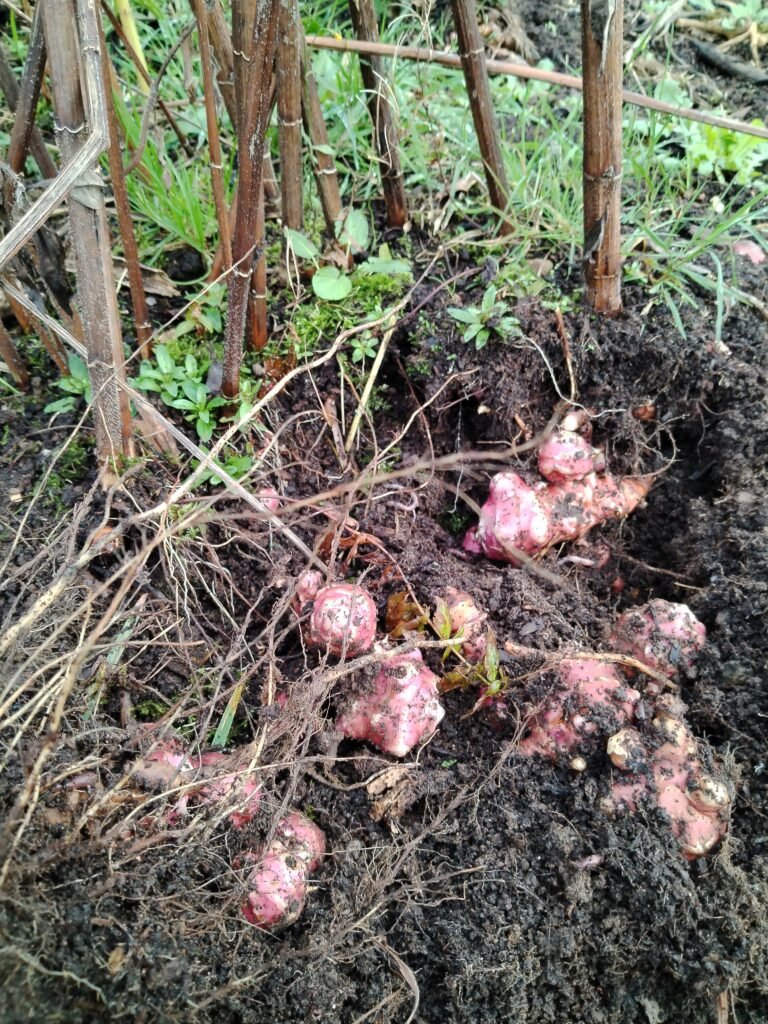
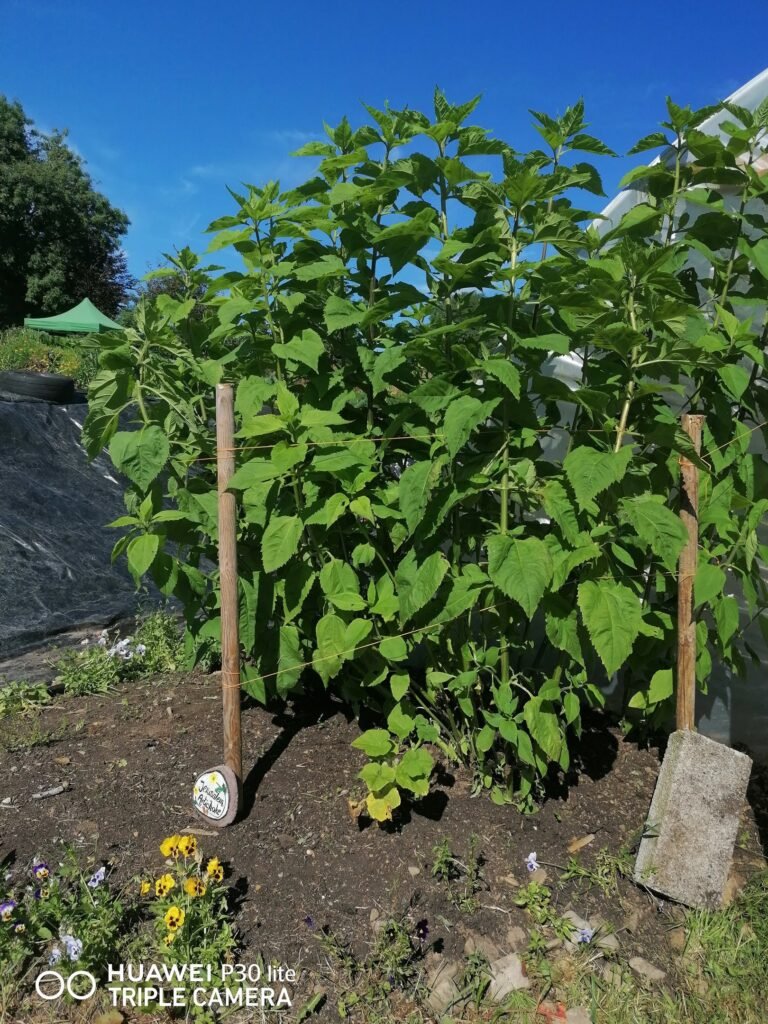
The Fascinating History of Jerusalem Artichokes
The Native American Origins of Jerusalem Artichokes
Long before European settlers arrived, Native American tribes such as the Algonquin and Huron cultivated Jerusalem artichokes, or sunchokes. These communities not only harvested wild tubers but also selectively propagated the best ones, transforming them into a staple crop. Every part of the plant had a purpose: the tubers for food, the stalks for fiber, and the leaves for medicinal teas.
From America to Europe: The Journey Begins
The story of the Jerusalem artichoke took a significant turn in 1605 when French explorer Samuel de Champlain encountered the tubers at Cape Cod. Captivated by their flavor, he sent samples to France, where they quickly became a favorite in royal gardens. By 1616, Jerusalem artichokes were thriving in European kitchens. Interestingly, the name “Jerusalem” likely derives from the Italian word “girasole” (sunflower), misheard by English settlers, while “artichoke” references their similar taste to globe artichokes.
A Wartime Lifeline
Jerusalem artichokes gained prominence during World War II, especially in Europe, as a dependable food source. Nicknamed “the poor man’s potato,” they provided sustenance during scarcity and were championed in Britain’s “Dig for Victory” campaign. Their ability to be harvested throughout winter made them invaluable during hard times.
A Modern Revival
Today, Jerusalem artichokes are enjoying a renaissance. Celebrated for their prebiotic benefits and versatility, they’ve become a favorite among health-conscious consumers and gourmet chefs. Farm-to-table movements and interest in heritage vegetables have further propelled their popularity. Between 2018 and 2023, sales in specialty markets surged by over 140%.
A Sustainable Future
Urban farms and community gardens now cultivate Jerusalem artichokes, bridging their ancient origins with modern sustainable agriculture. From Michelin-starred menus to backyard gardens, this resilient vegetable has cemented its place as both a historical and contemporary culinary treasure.
Nutritional Powerhouse: Health Benefits and Values
Move over, superfoods – Jerusalem artichokes are the unsung heroes of the vegetable world! These humble tubers pack such an impressive nutritional punch that they’re often called “the healthiest vegetable you’ve never heard of.” Let me break down why these knobby little powerhouses deserve a spot in your diet!
First, let’s talk numbers. A 100-gram serving of Jerusalem artichokes contains:
- just 73 calories
- providing 17.4g of carbohydrates
- 2g of protein
- virtually no fat
- what’s truly remarkable is their fiber content – a whopping 1.6g per serving!
- The real star of the show, however, is inulin, a unique type of soluble fiber that makes up to 20% of the tuber’s fresh weight.
Talk about impressive!
Speaking of inulin, this prebiotic fiber is what makes Jerusalem artichokes a superstar for gut health. Think of inulin as a five-star buffet for your beneficial gut bacteria! When these friendly microbes feast on inulin, they produce short-chain fatty acids that help strengthen your gut barrier, reduce inflammation, and boost your immune system. Studies have shown that regular consumption of inulin-rich foods can significantly improve digestive health and even help prevent certain types of bowel diseases.
For people with diabetes or those watching their blood sugar, Jerusalem artichokes are nothing short of revolutionary. Unlike regular potatoes or other starchy vegetables, these tubers won’t cause dramatic spikes in blood glucose levels.
Why?
Because inulin isn’t broken down into sugar in our digestive system. Instead, it passes through virtually unchanged, making Jerusalem artichokes an excellent low-glycemic alternative to potatoes. In fact, research has shown that replacing regular potatoes with Jerusalem artichokes can help improve long-term blood sugar control!
The vitamin and mineral content is equally impressive. These tubers are particularly rich in:
- Iron (3.4mg per 100g – that’s 19% of your daily needs!)
- Potassium (429mg per 100g)
- Thiamin (0.2mg per 100g)
- Niacin (1.3mg per 100g)
- Vitamin C (4mg per 100g)
They’re also a good source of:
- phosphorus
- copper
- magnesium,
making them excellent supporters of bone health, energy metabolism, and immune function.
However, it’s important to note that with great power comes great responsibility!
While Jerusalem artichokes are incredibly healthy, there are some considerations to keep in mind. The high inulin content that makes them so beneficial can also cause digestive discomfort in some people, particularly when first introducing them to your diet. Some folks affectionately call this the “Jerusalem artichoke effect” – increased gas and bloating that can occur when consuming too much too soon. My pro tip? Start small! Begin with just a few slices in your salad and gradually increase your intake as your digestive system adapts. Also, cooking them thoroughly can help reduce any potential digestive issues.
Another consideration is that people with severe fructose intolerance should consult their healthcare provider before adding Jerusalem artichokes to their diet, as inulin breaks down into fructose during storage. And if you’re harvesting your own, be sure to clean them thoroughly, as soil-borne bacteria can sometimes cause food-borne illness if the tubers aren’t properly washed.
Popular Jerusalem Artichoke Varieties
Just like their cousin the sunflower, Jerusalem artichokes come in several exciting varieties, each bringing something special to the garden and kitchen. Let’s explore the most popular cultivars that have gardeners buzzing with excitement!
Stampede
is the speed demon of the Jerusalem artichoke world! True to its name, this variety is known for its rapid growth and early maturation – perfect for gardeners in shorter growing seasons. The plants typically reach 6-8 feet tall and produce smooth, white-skinned tubers that are notably less knobby than other varieties. This makes them a favorite among chefs and home cooks, as they’re much easier to clean and process. For best results, plant Stampede in well-drained soil with full sun exposure, and give them plenty of room to spread. Pro tip: Stampede is particularly vigorous, so consider using root barriers if you’re growing them in a smaller space!
Waldspinel
is the German gem of Jerusalem artichokes, prized for its reliability and impressive yields. These plants produce medium-sized, pinkish-red tubers with a distinctively rich, nutty flavor that intensifies when roasted. What makes Waldspinel special is its improved storage capacity – these tubers can maintain their quality for up to 4-5 months when properly stored! They thrive in slightly acidic soil (pH 6.0-6.5) and are remarkably disease-resistant. Gardeners love them for their uniform shape and consistent production, making them ideal for market gardens or serious home growers.
White Fuseau
has become the darling of commercial growers, and for good reason! This French variety produces long, smooth, white tubers that are significantly less gnarly than traditional types. Finally – a Jerusalem artichoke that’s easy to peel! The plants grow to about 8-10 feet tall and show excellent wind resistance thanks to their sturdy stems. White Fuseau is particularly noteworthy for its high inulin content and sweet, crisp flesh. For optimal growth, provide rich, deep soil and regular watering during the growing season. One fascinating quirk: White Fuseau actually becomes sweeter after a few fall frosts!
Red Fuseau
brings a splash of color to the Jerusalem artichoke family with its beautiful rose-red skin. These tubers are slightly smaller than White Fuseau but make up for it with their intense flavor and crisp texture. The plants are more compact, typically reaching 6-7 feet, making them suitable for smaller gardens. Red Fuseau is notably cold-hardy and can overwinter successfully in zones 3-8. For the best color development, ensure good potassium levels in your soil and avoid over-fertilizing with nitrogen.
French Mammoth
lives up to its name in every way! This heritage variety produces enormous tubers – sometimes reaching up to 6 inches in length – and towers above other varieties with plants that can stretch to 12 feet tall. These giants produce white-skinned tubers with a particularly sweet flavor, making them excellent for both cooking and raw consumption. Due to their size, French Mammoth needs deep, rich soil (at least 12 inches) and plenty of space between plants. Here’s a fascinating fact: a single well-grown French Mammoth plant can yield up to 15-20 pounds of tubers!
Keep in mind that regardless of variety, all Jerusalem artichokes share one common trait – they’re extremely productive and can spread enthusiastically. Consider your garden space carefully and choose the variety that best matches your growing conditions and culinary needs. I always recommend starting with White Fuseau for beginners due to its ease of handling and reliable performance.
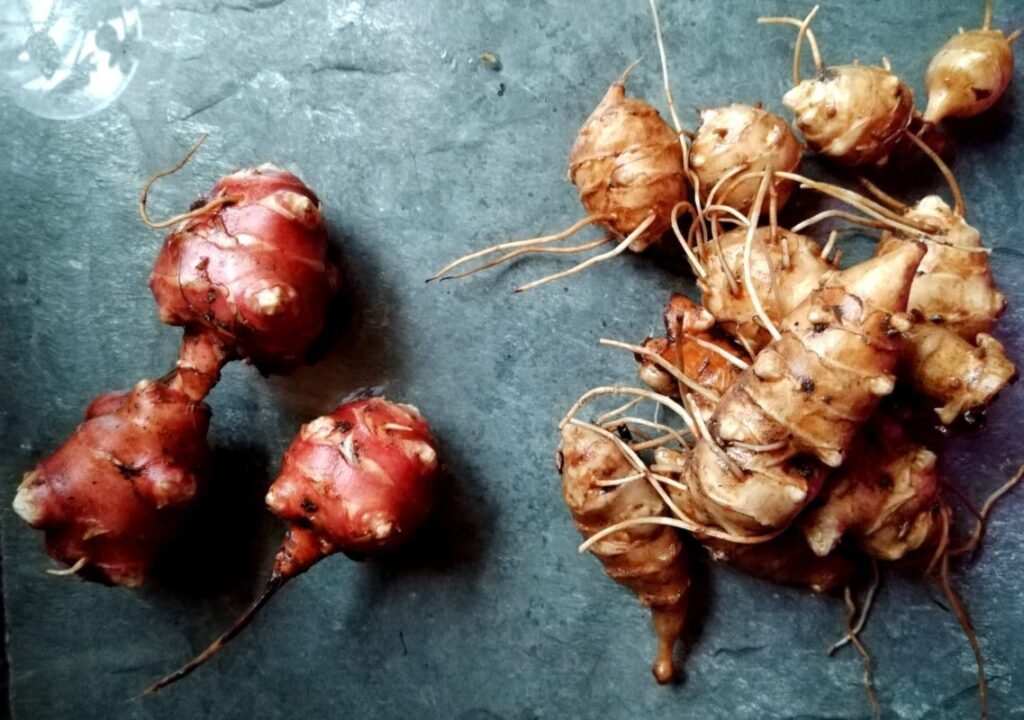
Essential Growing Guide for Beginners
Ready to start your Jerusalem artichoke adventure? Let’s get your hands dirty! The good news is that these hardy plants are incredibly forgiving. They’re like the “set it and forget it” of the vegetable world. However, giving them the right start can make a huge difference in your harvest.
First things first – let’s talk dirt!
Jerusalem artichokes aren’t picky, but they’ll reward you handsomely if you get the soil just right. These plants thrive in well-draining, fertile soil with a pH between 6.0 and 7.5. A great starting point is to test your soil’s pH and nutrient levels to ensure optimal conditions. A home soil tester can make this process quick and easy, helping you understand exactly what your soil needs before planting (check out this highly-rated option on Amazon). Once you’ve tested, work some compost or aged manure into your soil to a depth of 12 inches. Here’s a pro tip that many gardeners overlook: avoid fresh manure, as it can lead to forking in the tubers.
And remember – while Jerusalem artichokes can grow in less-than-ideal soil, they prefer loose, sandy loam that allows their tubers to develop freely. If you have heavy clay soil, simply mix in sand and organic matter to improve drainage. By taking these steps—and using a reliable soil tester to guide you—you’ll set your Jerusalem artichokes up for success!
Timing is everything when it comes to planting.
The best time to plant Jerusalem artichokes is in early spring, as soon as the soil can be worked. In most regions, this means March or April, when soil temperatures reach about 50°F (10°C). Plant your tubers 4-6 inches deep, with the growing tips pointing upward. I like to cut larger tubers into pieces, ensuring each piece has at least 2-3 eyes (growth buds) – just like you would with potatoes.
Spacing
This is crucial and something that novice gardeners often get wrong. These plants may start small, but they grow into giants. Space your tubers 12-18 inches apart in rows that are 3-4 feet apart. Yes, that seems like a lot of space, but trust me – these plants can reach heights of 10 feet or more! For support, I recommend creating a simple framework using stakes and twine, especially if you live in a windy area. Think of it as building a living fence!
When it comes to watering,
Jerusalem artichokes are surprisingly drought-tolerant once established, thanks to their deep root system. However, consistent moisture during the growing season will result in better tuber development. Aim for about 1 inch of water per week, either from rainfall or irrigation. Here’s a neat trick: mulching around your plants with straw or wood chips helps retain moisture and suppress weeds.
Fertilization
is where many beginners go wrong with Jerusalem artichokes. These plants aren’t heavy feeders! In fact, too much nitrogen can lead to lots of green growth but fewer tubers. If you’ve prepared your soil well with compost, you might not need any additional fertilizer. If you do fertilize, use a balanced organic fertilizer (like 5-5-5) once during the growing season, preferably when the plants are about 2 feet tall.
Now, let’s talk about potential problems to watch for.
The good news is that Jerusalem artichokes are naturally disease-resistant and have few serious pest issues. However, there are a few things to keep an eye on:
- Sclerotinia rot (white mold) can affect stems in humid conditions
- Slugs might nibble on young shoots
- Mice and voles can damage tubers during storage
- Stem borers occasionally attack the stalks
Prevention is your best defense! Ensure good air circulation between plants, avoid overhead watering (use soaker hoses instead), and regularly check for any signs of trouble. One warning: rabbits and deer find Jerusalem artichokes irresistible! If these critters visit your garden, you might need to install some fencing.
Remember, one of the biggest “problems” with Jerusalem artichokes isn’t really a problem at all – it’s their enthusiasm for growing! Once established, they can spread vigorously. Consider planting them in a contained area or use root barriers if you want to keep them in check. Many gardeners dedicate a permanent bed to these productive plants.


Harvesting and Storage Tips
Let me share the essential knowledge about harvesting and storing your Jerusalem artichokes for maximum enjoyment!
Harvesting
The magic moment for harvesting Jerusalem artichokes arrives after the first frost has kissed your garden – typically between late fall and early spring. This timing isn’t just tradition; that first frost actually converts the tubers’ starches into sugars, making them sweeter and more flavorful!
You can start digging once the plants have died back, but here’s a clever trick: leave some tubers in the ground throughout winter and harvest as needed, using the soil as your natural refrigerator.
When you’re ready to harvest, gently loosen the soil with a garden fork like this one, working about 12 inches away from the stalks to avoid damaging the tubers. It’s like a treasure hunt – one plant can yield 2-5 pounds of tubers! Once unearthed, clean your harvest carefully but avoid washing them if you plan to store them; simply brush off excess soil with a soft brush.
For storage, place your unwashed tubers in a dark, cool (32-40°F/0-4°C) location with high humidity (85-95%) – think root cellar conditions. A refrigerator’s crisper drawer works well too, where they’ll keep for 2-3 weeks if stored in a perforated plastic bag.
Pro tip:
Adding slightly damp sand or sawdust to your storage container can help maintain humidity and prevent shriveling. For maximum freshness, check your stored tubers regularly and remove any that show signs of softening or mold. If you’ve harvested more than you can use quickly, try slicing and blanching them for freezing – though be aware this will change their texture somewhat. The best part? You can always leave some tubers in the ground for next year’s crop – they’re the gift that keeps on giving!
From its humble Native American origins to its growing popularity in modern gardens, the Jerusalem artichoke has proven itself to be an incredibly versatile and valuable vegetable. Whether you’re interested in its impressive nutritional profile, fascinating history, or want to try growing these hardy tubers yourself, there’s no denying the unique charm of this remarkable plant.
Ready to start your Jerusalem artichoke journey? Remember, success in growing these rewarding vegetables comes down to understanding their basic needs and providing the right conditions. Why not give them a try in your garden this season? I have a few interesting recipes! Maybe try https://poppadomsfarm.com/jerusalem-artichoke-and-black-garlic-soup/ or for something sweet ‘Seasonal Sunchoke Apple Tart: Simple Baking Hack Your taste buds‘ – and your health – will thank you!
